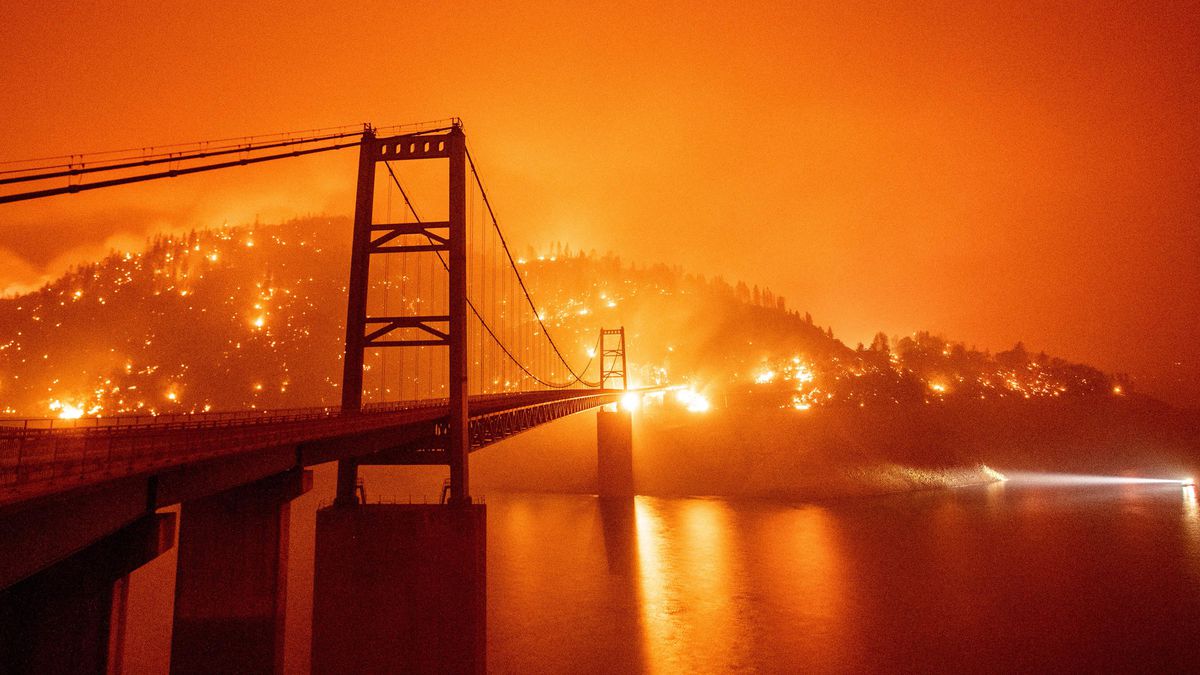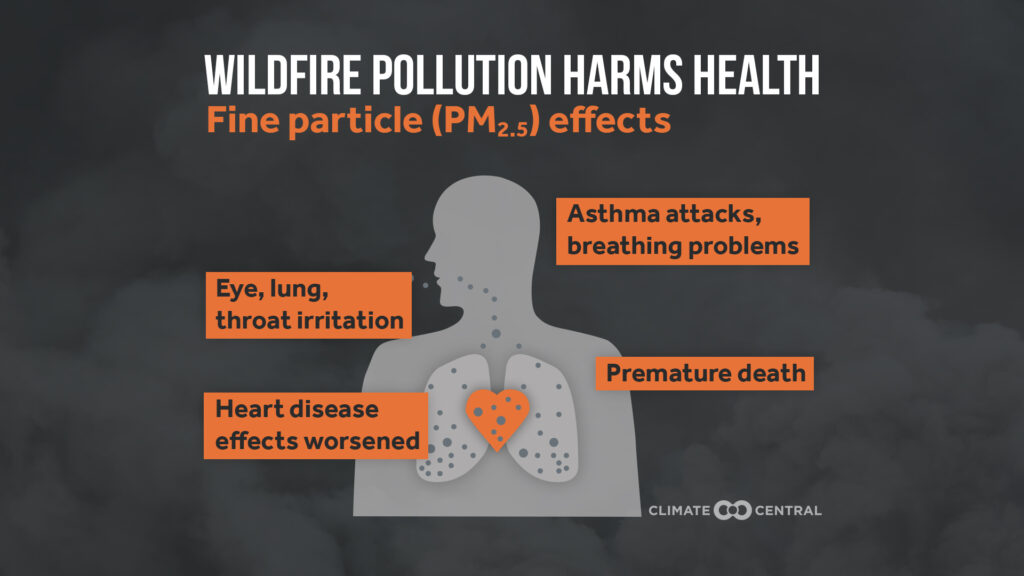In California, rapidly changing climate creates the perfect conditions for longer and more extreme fire seasons each year. Paired with seasonally dry Santa Ana and Diablo winds, increasing temperatures and dry spells create highly flammable vegetation, which is ideal for wildfires. The dry, windy weather also causes bushfires to spread quickly and unpredictably. Windy and hot weather is natural for autumn in California, but global warming has intensified these conditions at an alarming rate.
Climate change has escalated wildfire weather to record-breaking highs and is predicted to worsen. In fact, Noah Diffenbaugh, a professor at Stanford’s School of Earth, Energy & Environmental Sciences, says his team’s research shows “that global warming has increased the odds of record-setting hot events by about 80 percent across the globe, and doubled or even tripled the odds in the region of California.” With climate change causing drier and hotter weather, the intensity and magnitude of California’s wildfires will continue to climb.
Smoke from these fires creates many health problems for residents all over the state. When residents are exposed to smoke from wildfires, toxins the smoke carries enter the lungs and are be absorbed into the bloodstream. Once in the blood, the toxins can trigger the immune system, which causes platelets and the lining of blood vessels to build up in the bloodstream. This inflammation results in a higher risk of clots that could get stuck in the heart or brain.
“The toxic smoke causes increases in asthma, heart attacks and strokes during [the] week of wildfires compared to the week prior.”
Kari Nadeau, director of Stanford’s Sean N. Parker Center for Allergy & Asthma Research
People over 65 are especially at risk for heart attacks and strokes from wildfire smoke. Additionally, adults with long term exposure to annual wildfires have been shown to experience a decrease in life expectancy as well as a weakened immune system; in children, air pollution could affect brain development and cause brain inflammation. More research related to the long term exposure to wildfires is expected to come out.
Because of the wildfire increase, resources required to fight and recover from the fires are stretched thin. For context, Stanford researchers stated, “federal firefighting costs in 2018 came to more than $3 billion – the highest total ever.” Currently, fire prone areas are being monitored in an attempt to quickly respond and contain wildfires before they get out of control. Additionally, scientists are working to utilize preventative measures, such as Stanford’s fire-retarding hydrogel. The hydrogel is a newly developed technology intended to act as a long term fire prevention measure. It has been tested on commonly ignited vegetation and has been proven to provide fire protection for months despite rain, wind, or other environmental exposure. The gel-like fluid can be applied from an aircraft or utilizing agricultural spraying equipment in high risk areas and if it proves to be a success, it has the potential to reduce the magnitude and severity of wildfires.
Sources and More information
- Wildfire weather
- Increasing risk of extreme wildfire weather
- Wildfires’ health impacts
- How does poor air quality affect your health?
- Living with air pollution
- New treatment prevents wildfires


